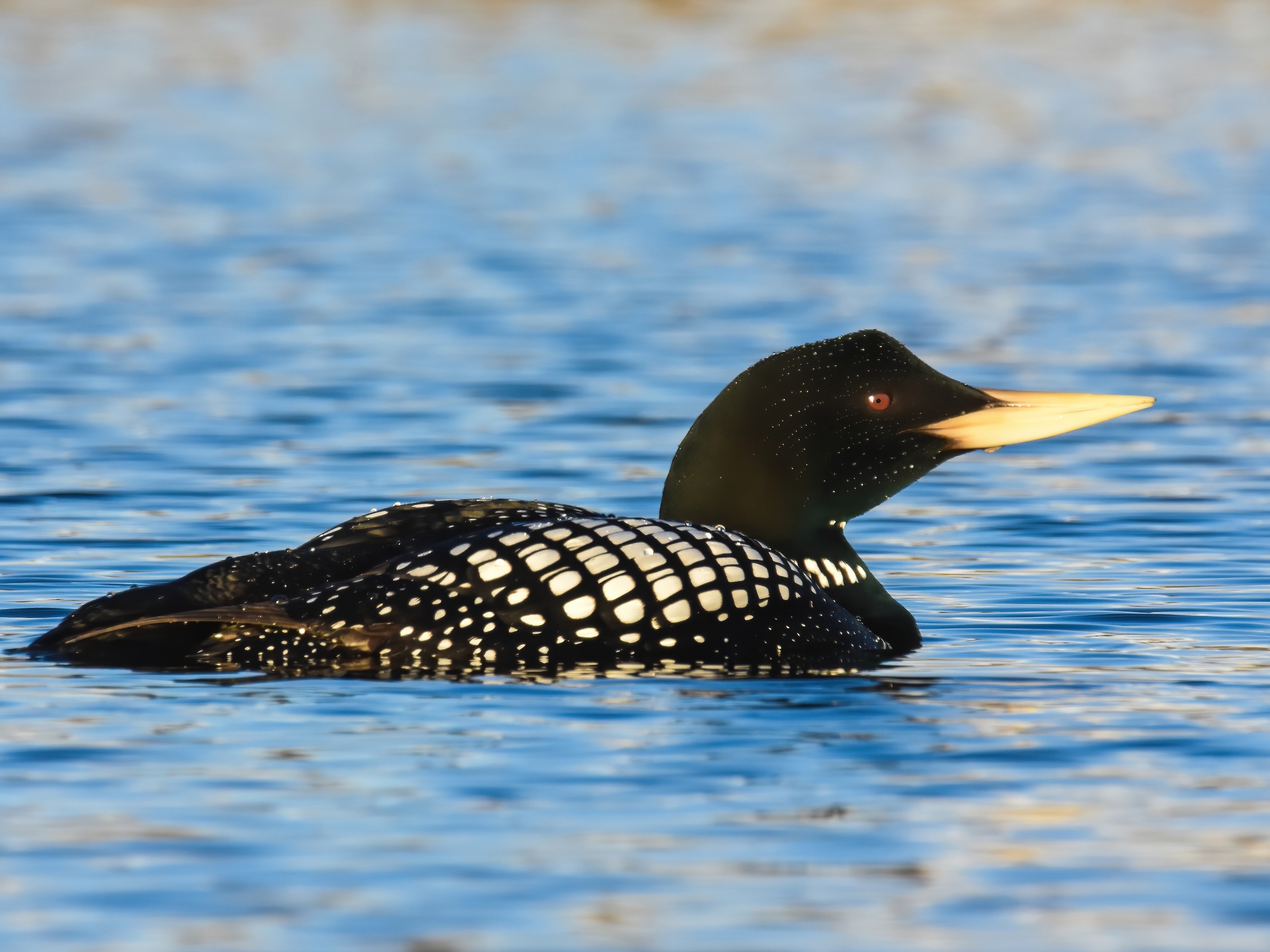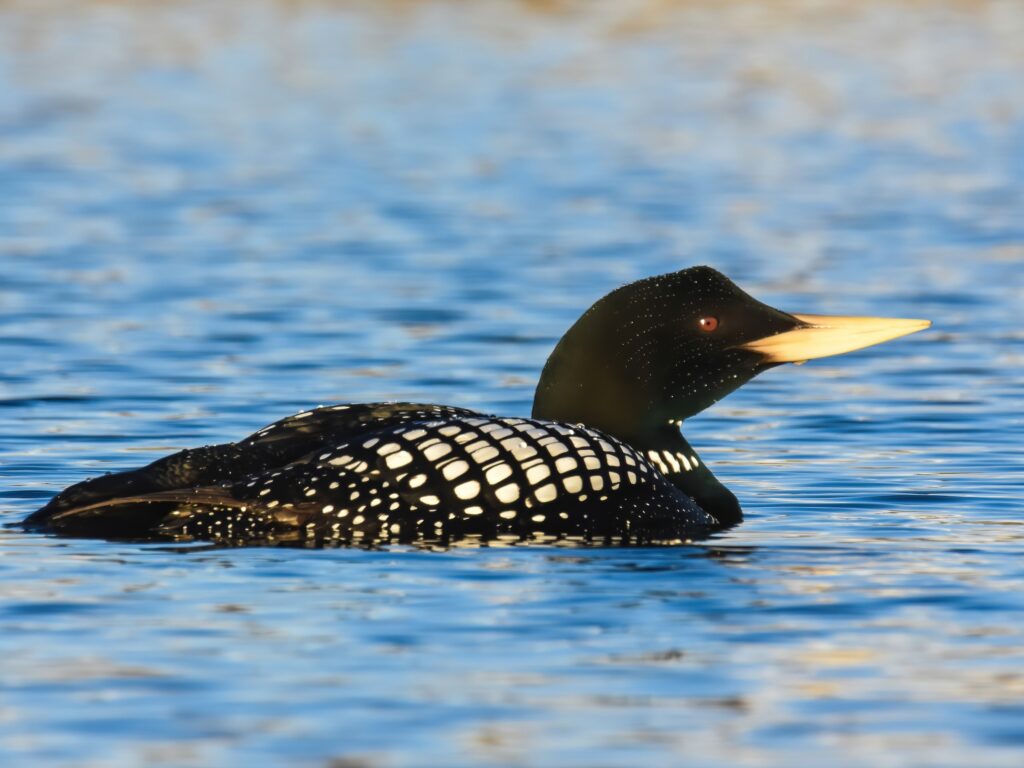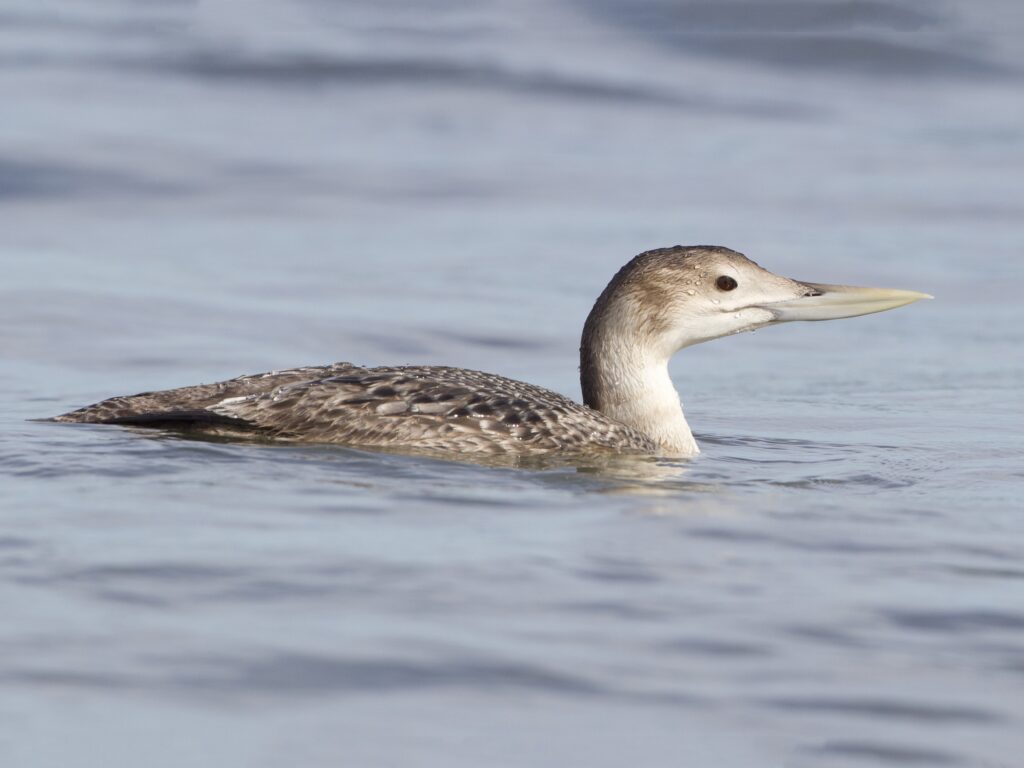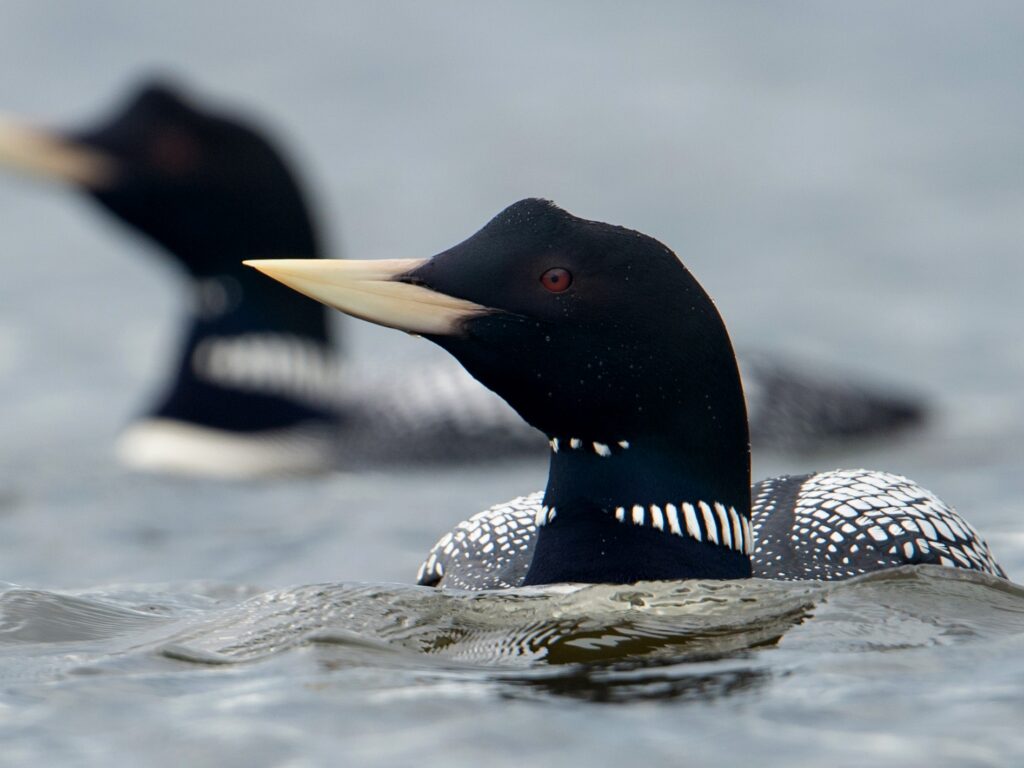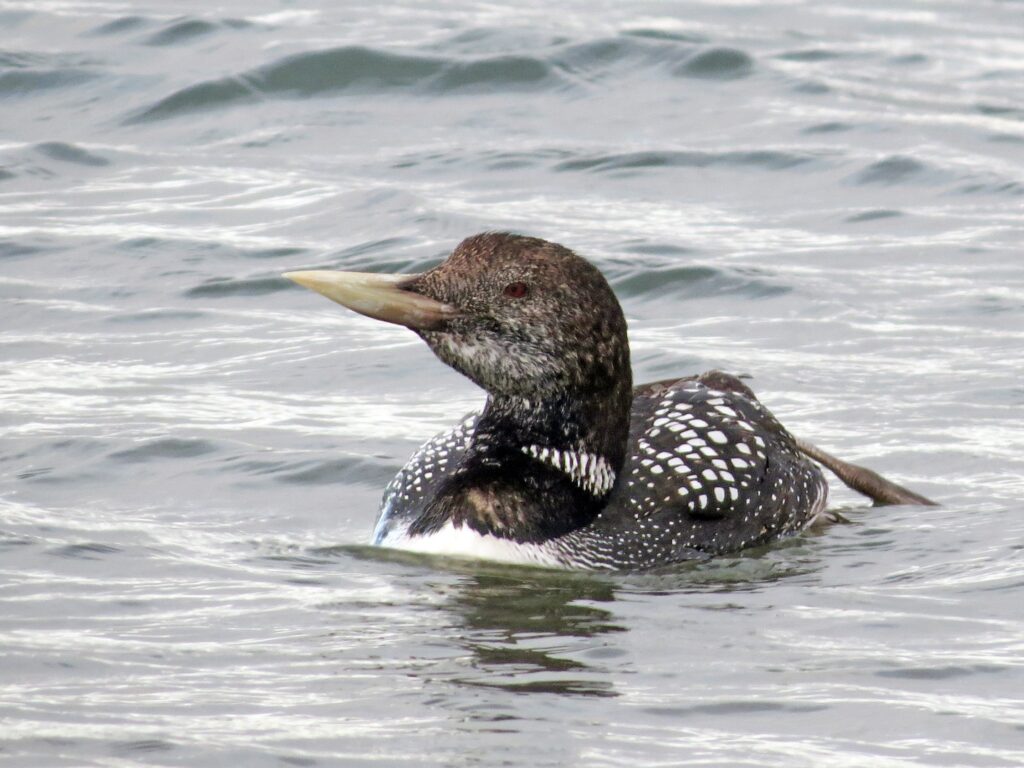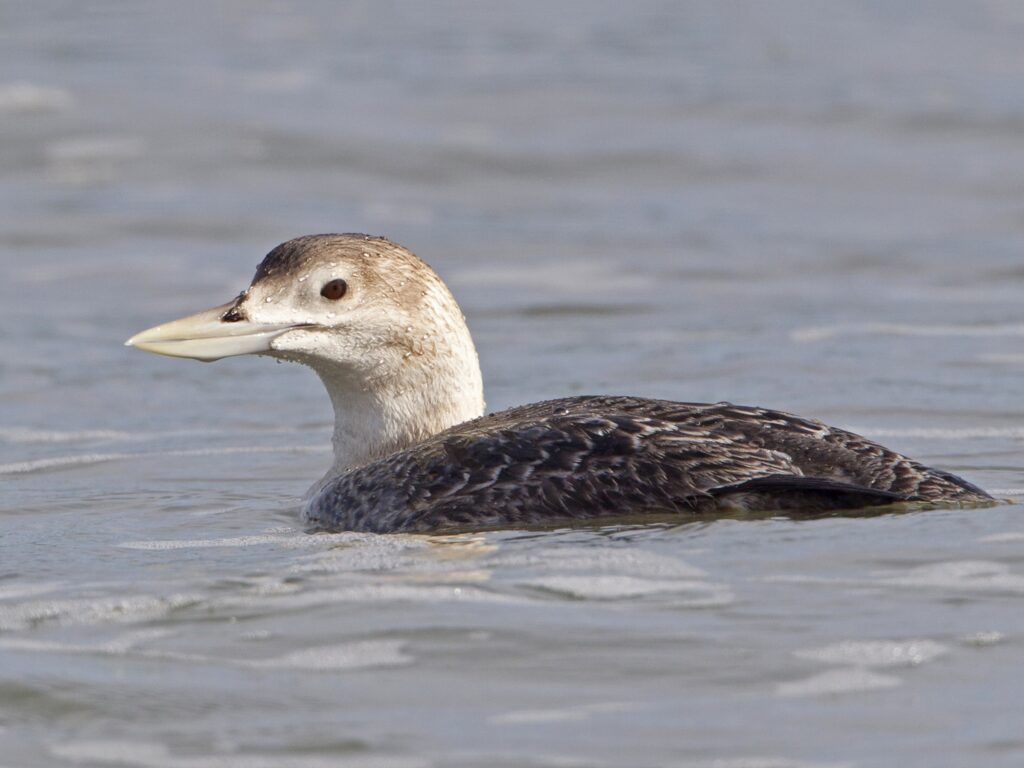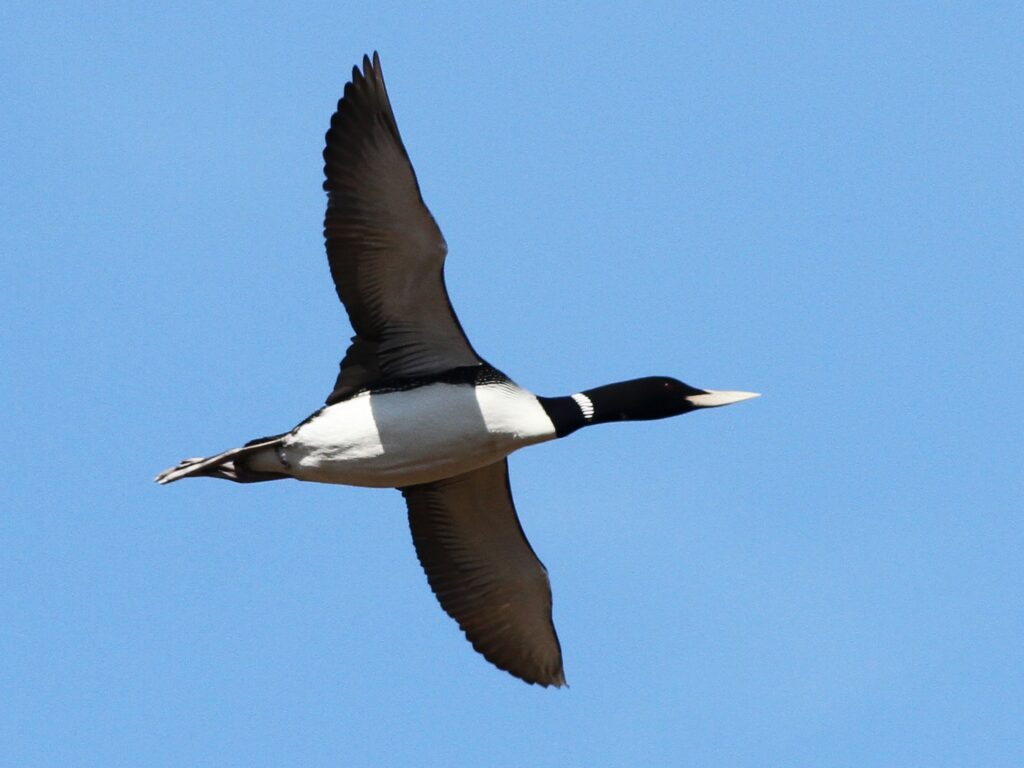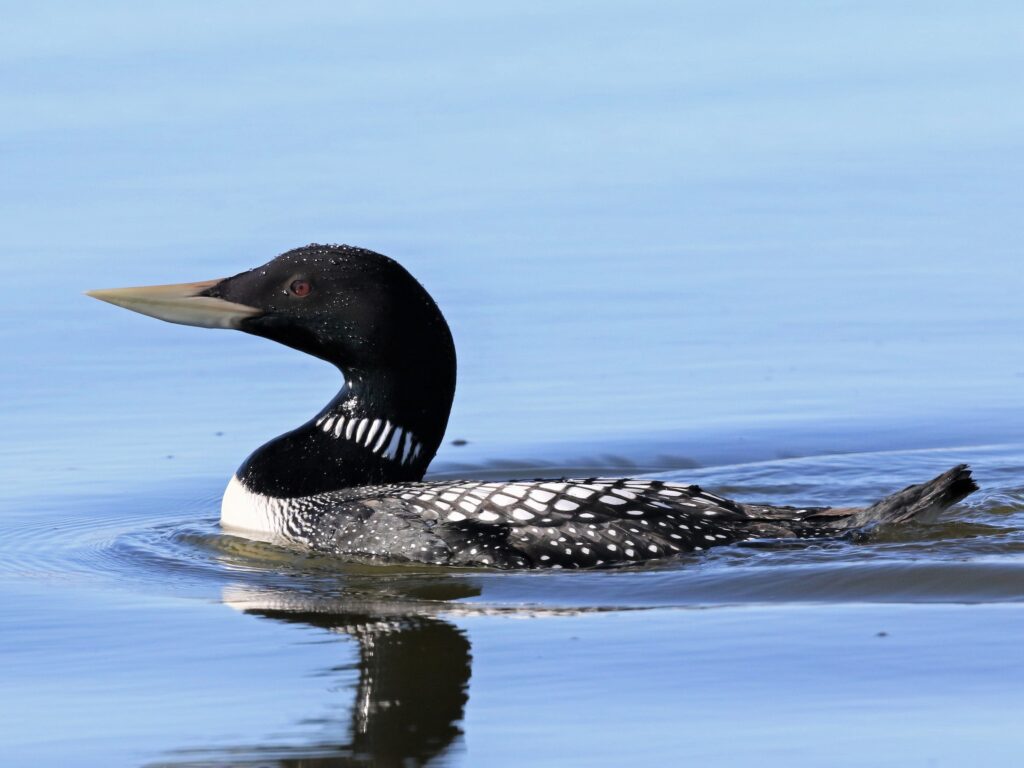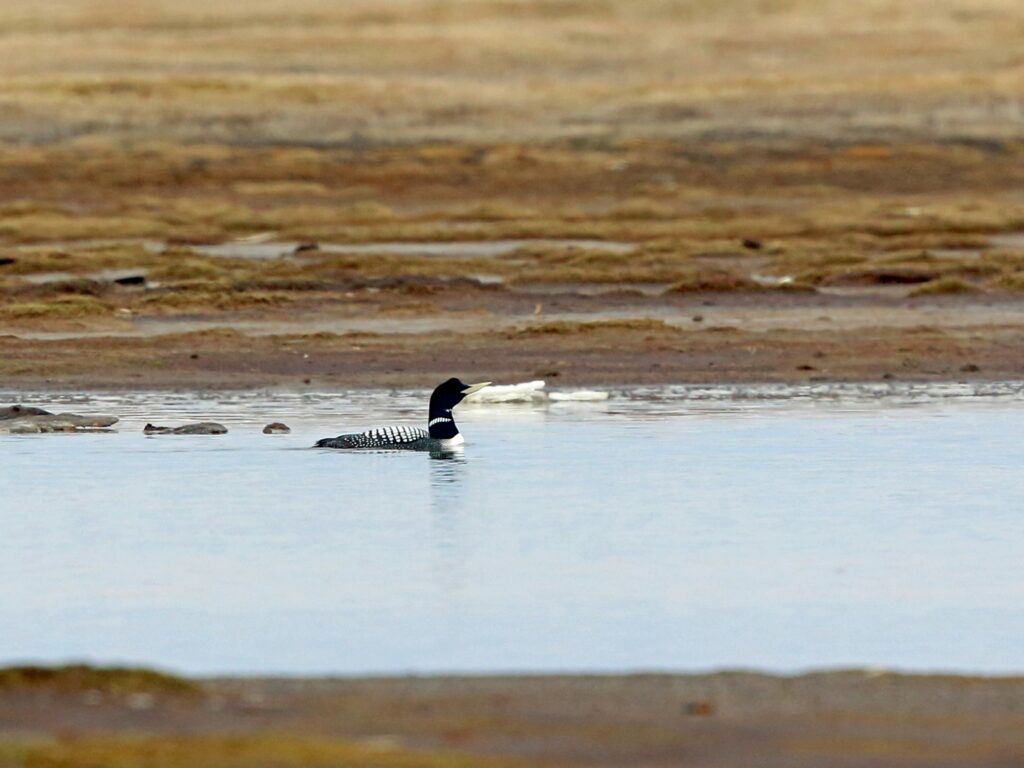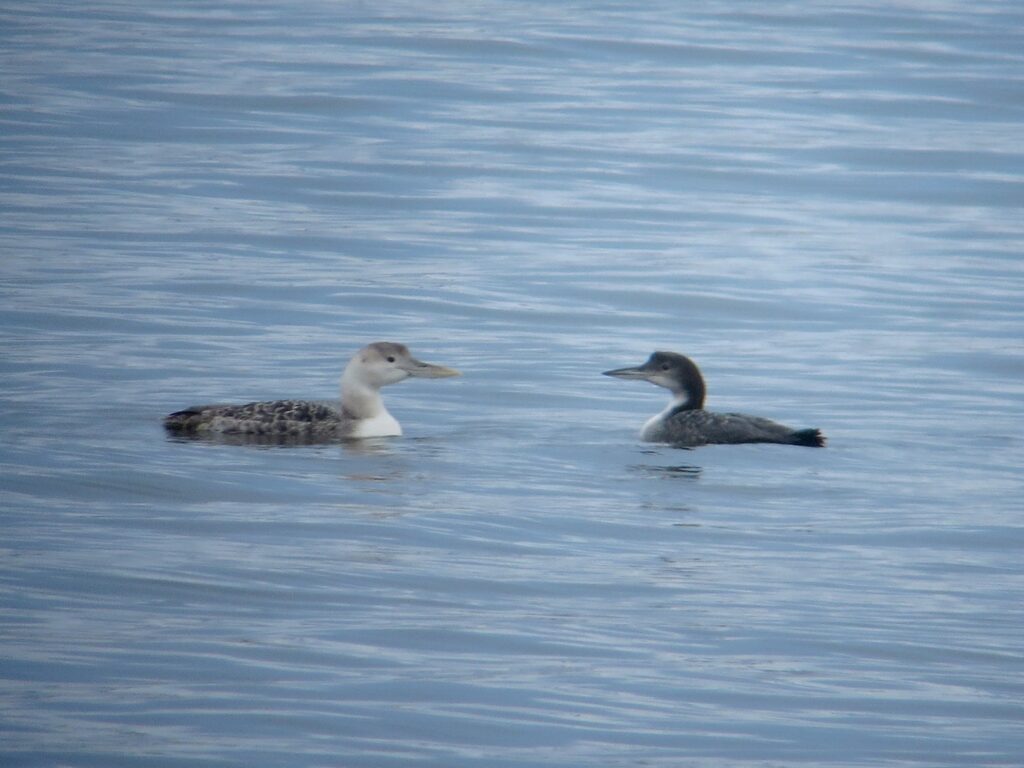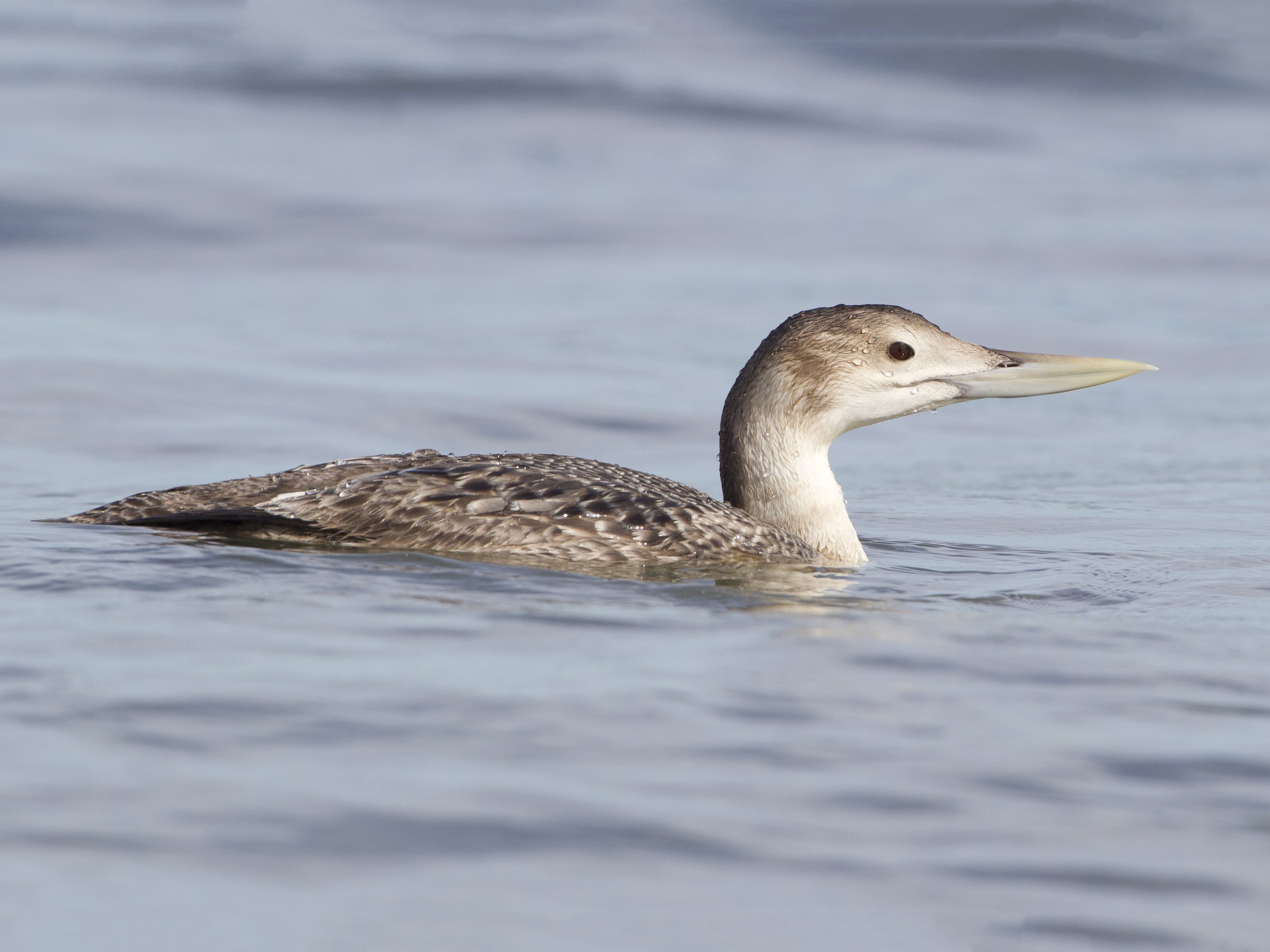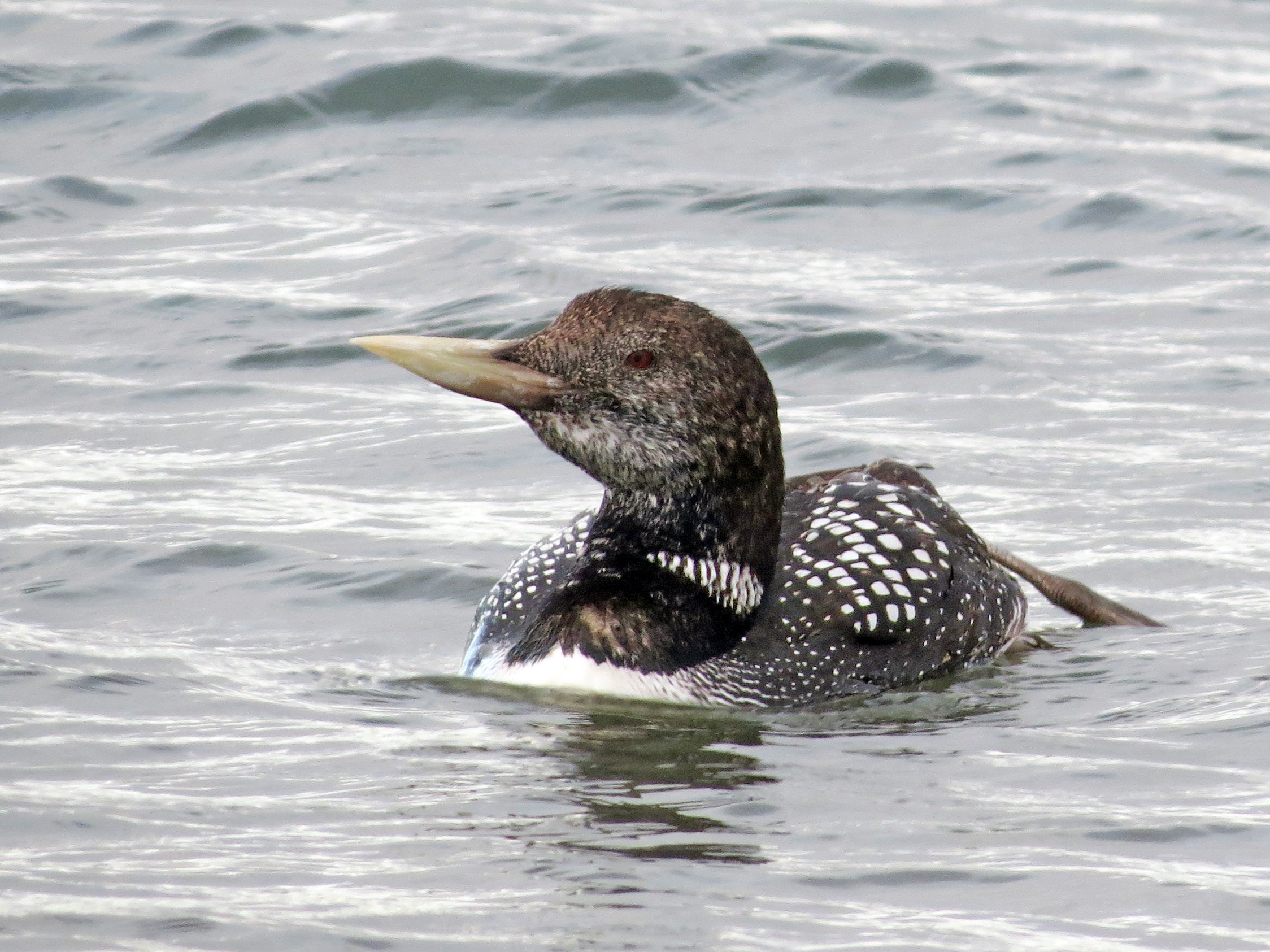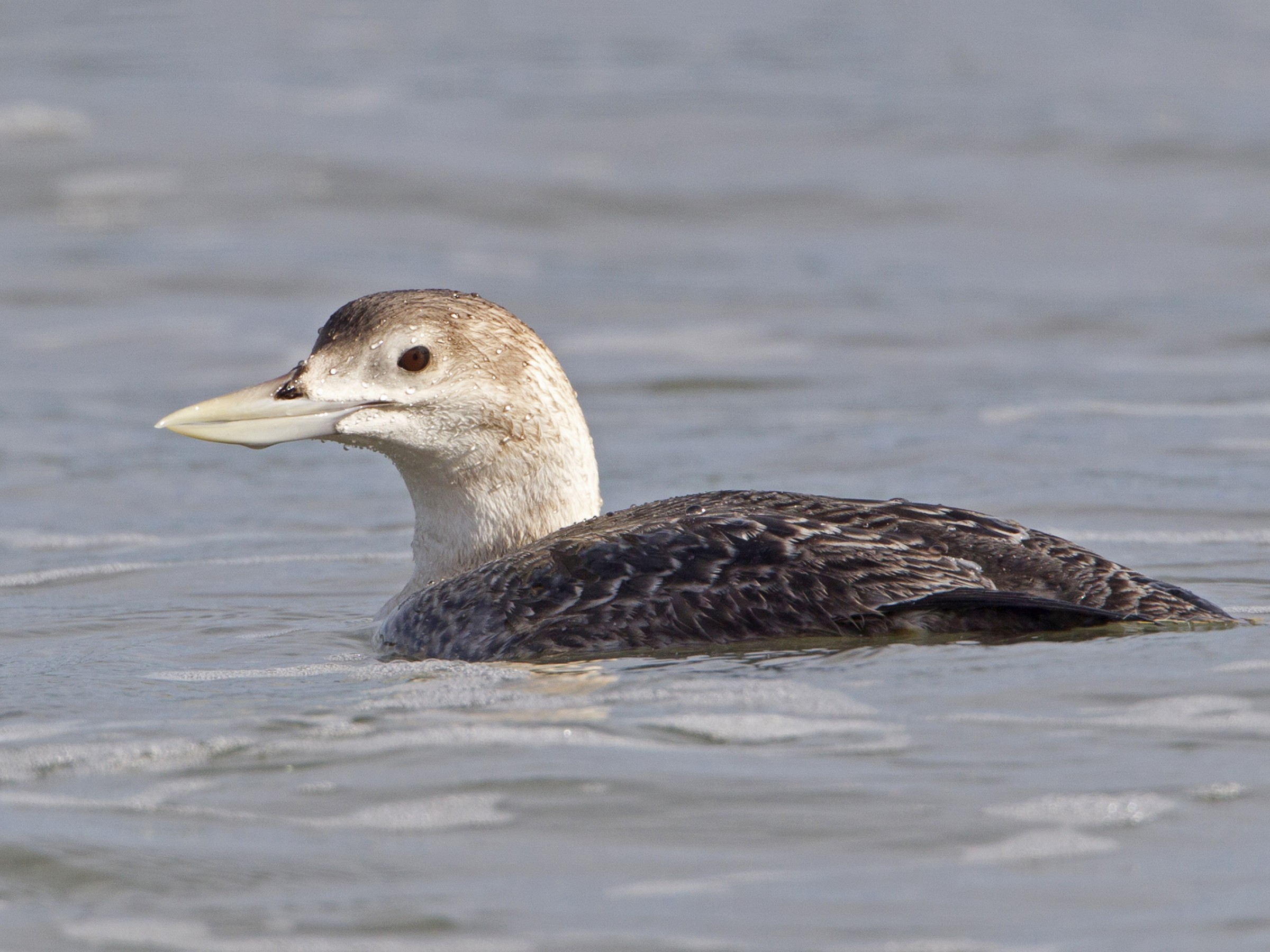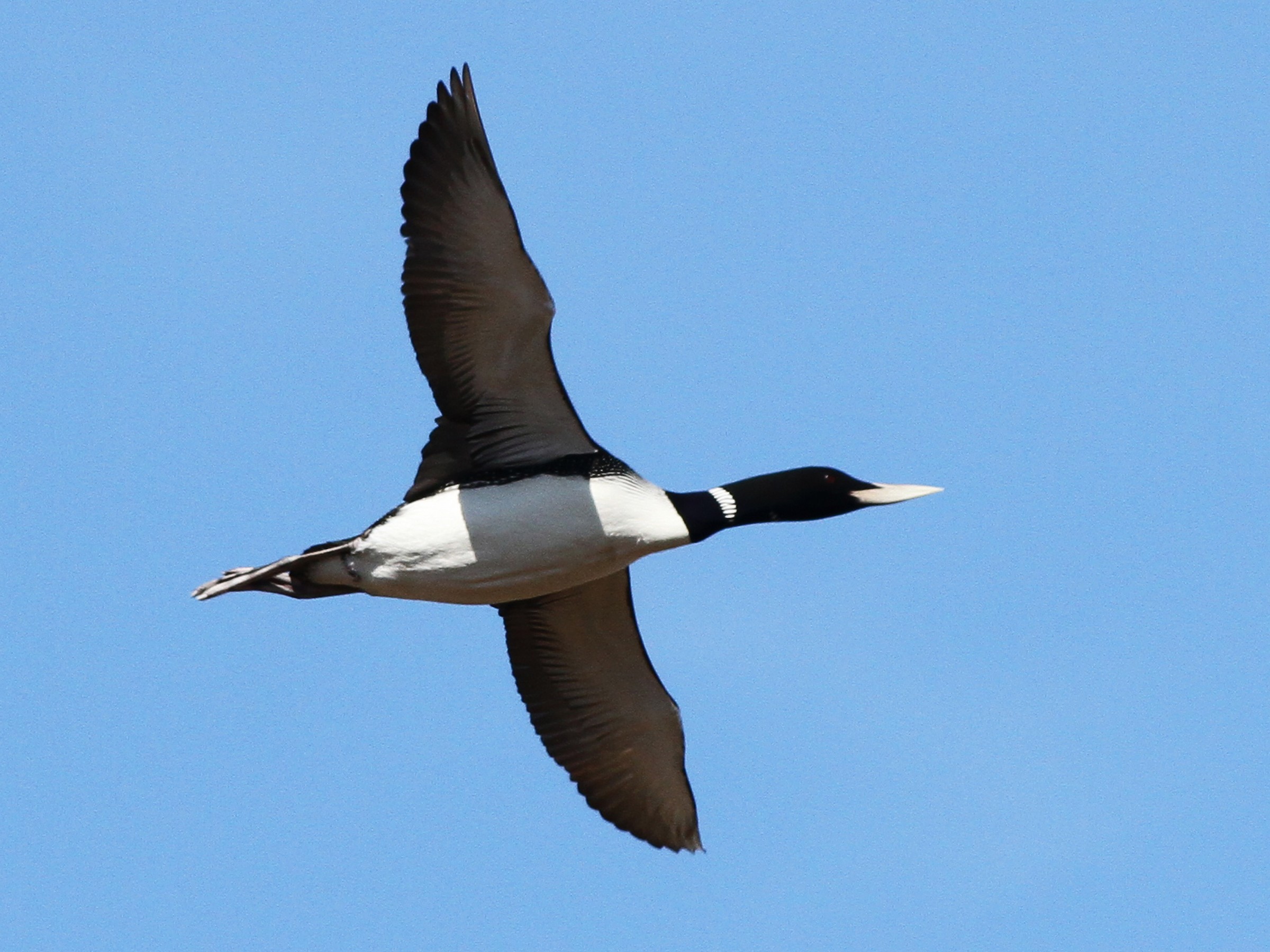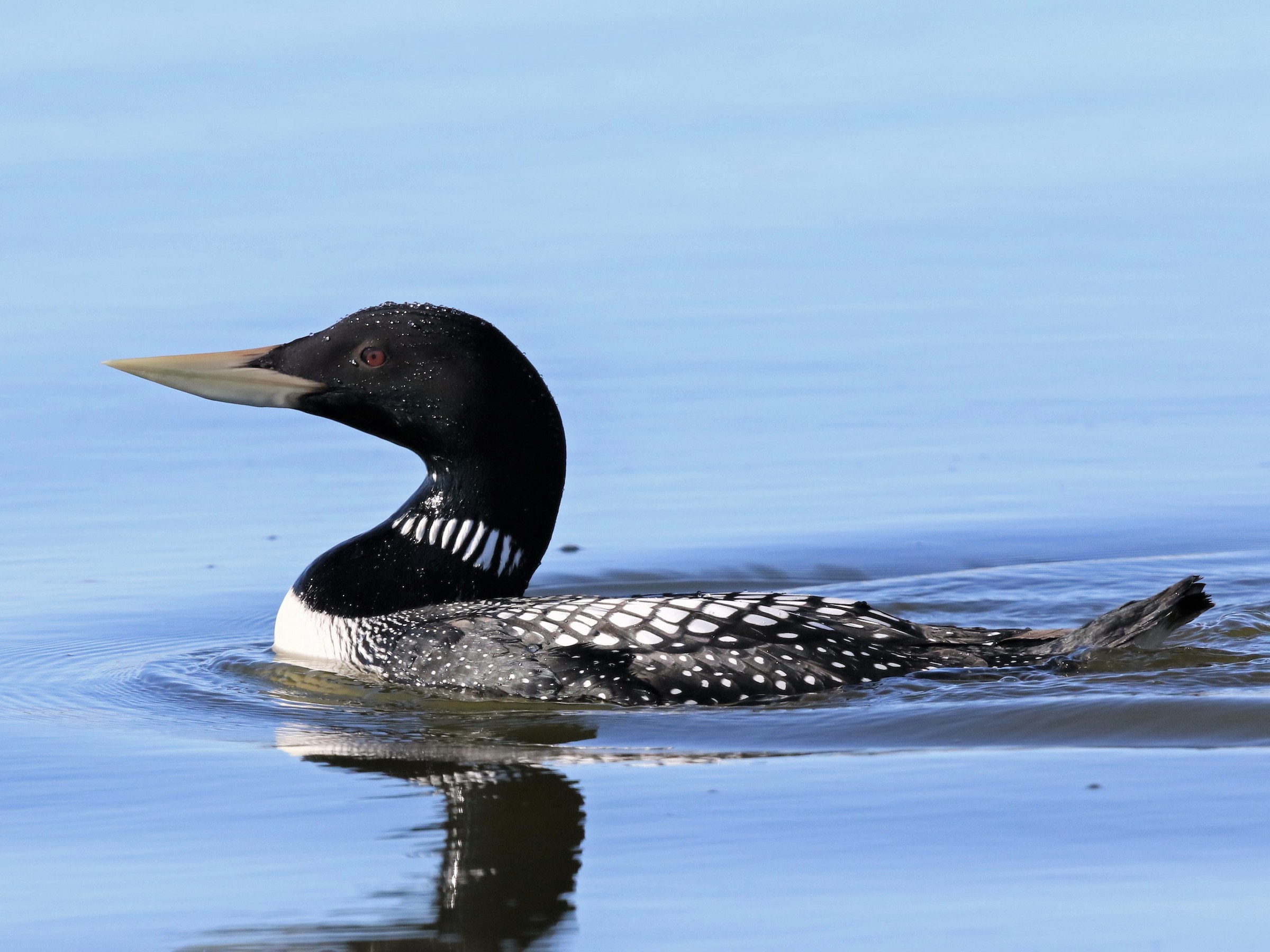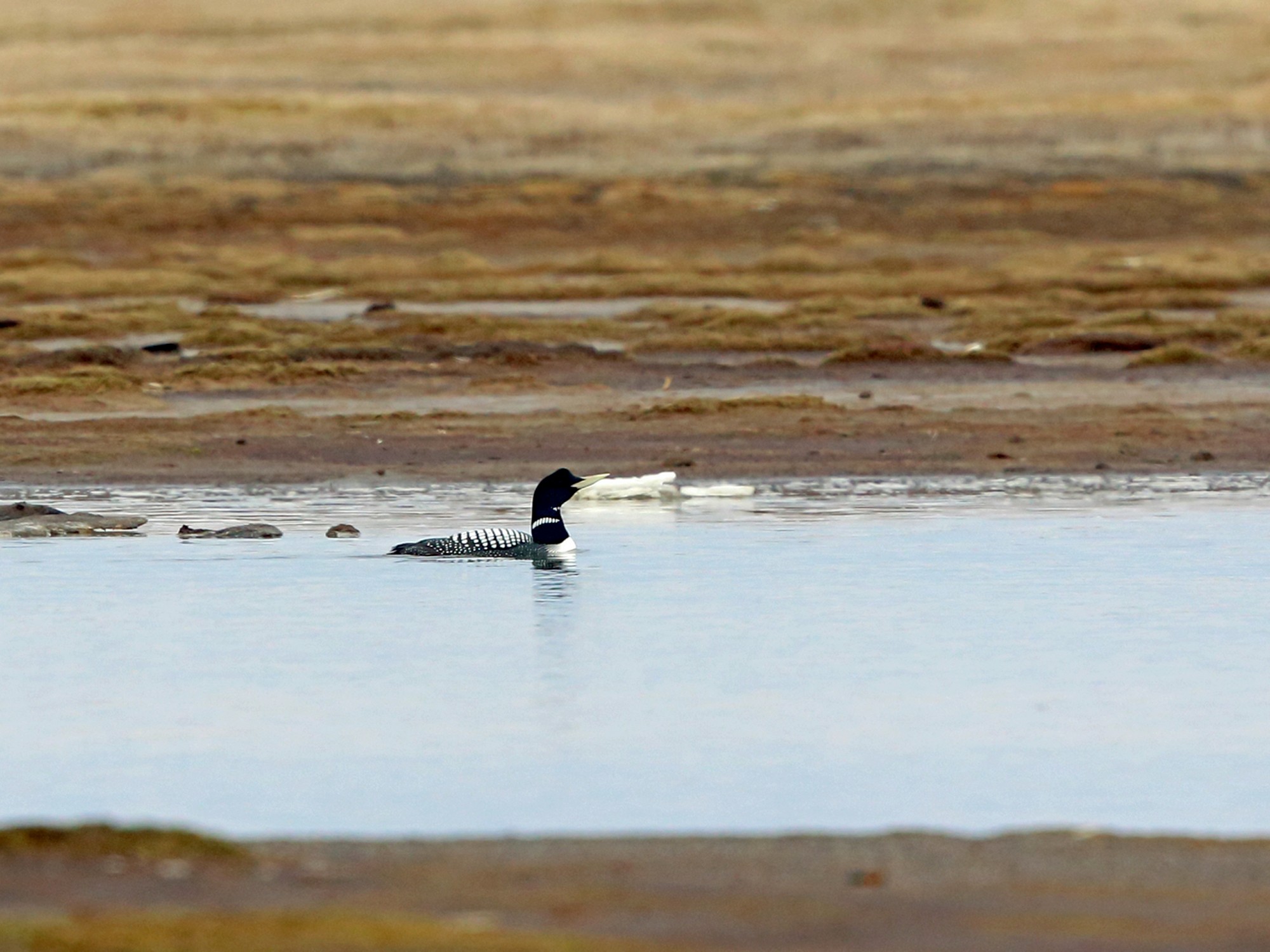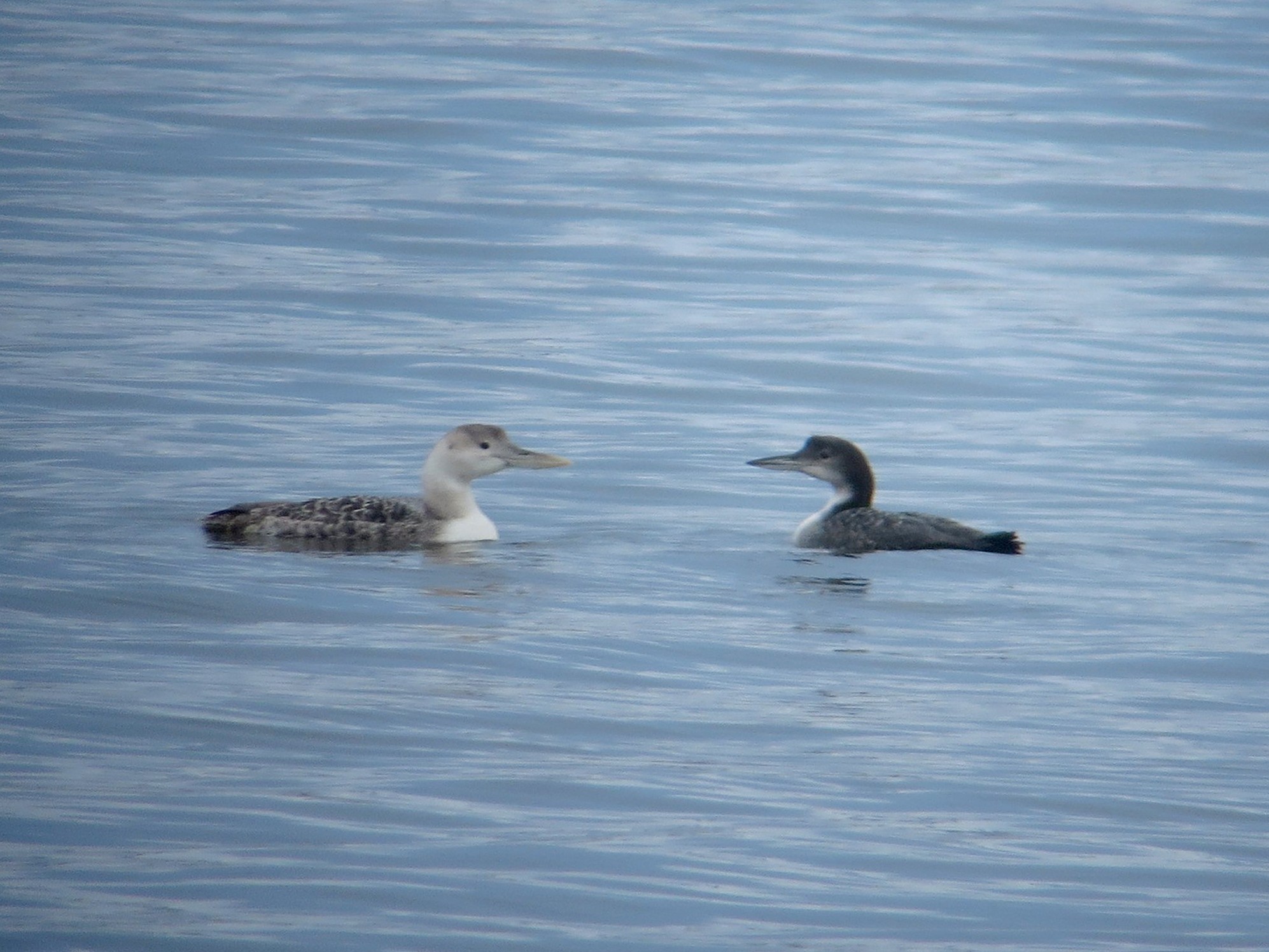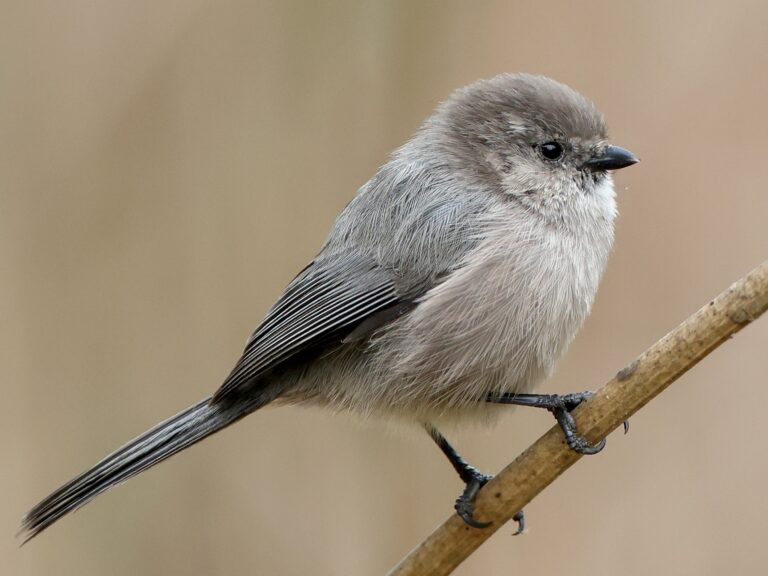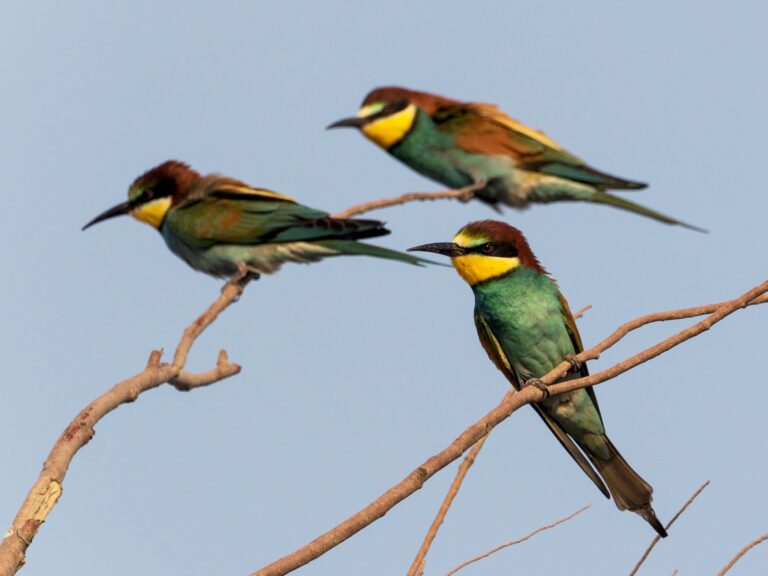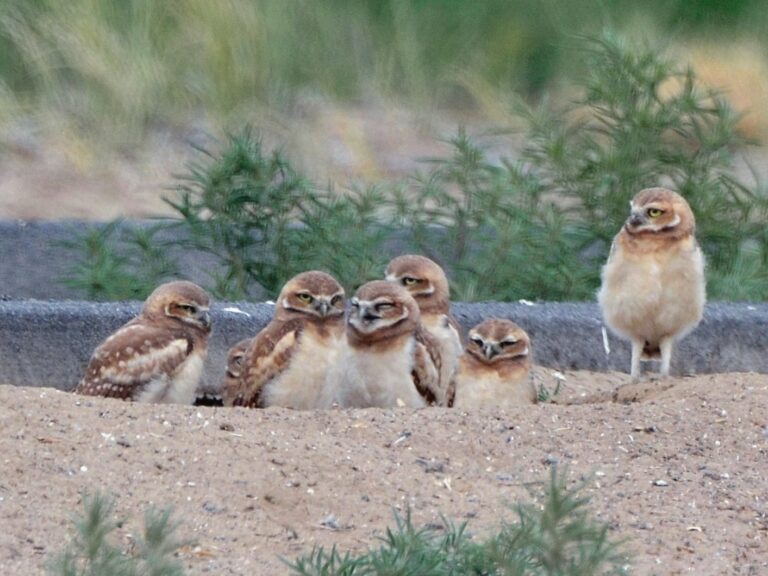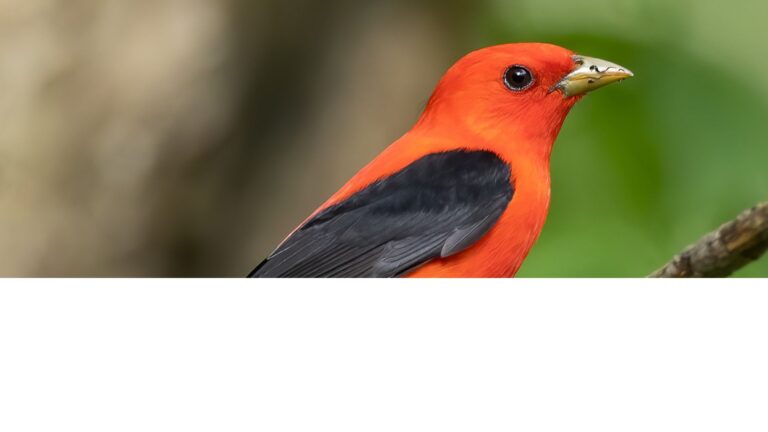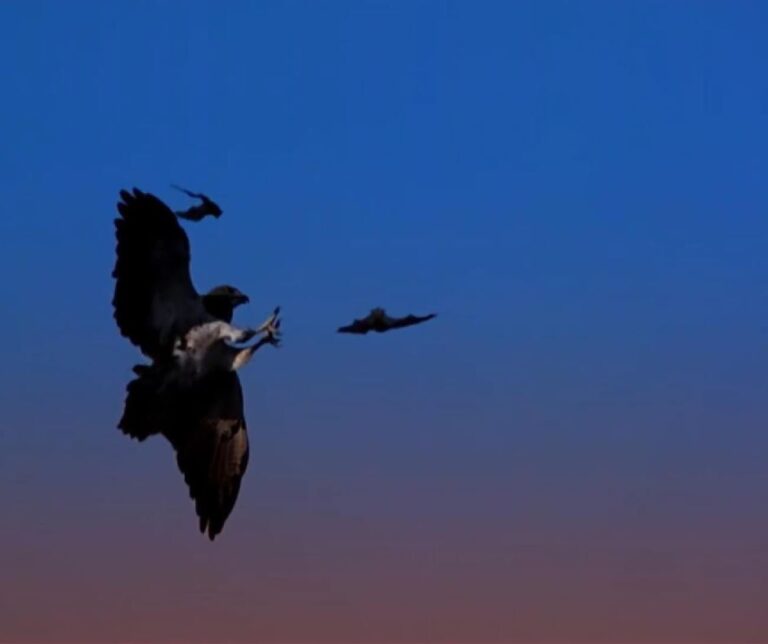Yellow-billed Loon: The Enigmatic Diver of Arctic Waters
The Yellow-billed Loon is a fascinating water bird known for its striking appearance and unique behaviors. This species is found in the northern regions of Alaska, thriving in remote and pristine habitats. With its distinct vocalizations, the Yellow-billed Loon adds a haunting melody to the lakes and rivers it inhabits, captivating anyone lucky enough to hear them. These calls play a significant role in communication during the breeding season.
As the Arctic environment faces various challenges, the Yellow-billed Loon faces threats that impact its survival and nesting success. Understanding their habitat, diet, and reproduction is vital for conservation efforts aimed at protecting these remarkable birds. Engaging with their story helps raise awareness about the importance of preserving natural ecosystems.
The Yellow-billed Loon not only enriches its surroundings with its presence but also holds cultural significance for many Indigenous communities. Their connection to the land and wildlife emphasizes the need to respect and safeguard these areas for future generations.
Key Takeaways
- The Yellow-billed Loon thrives in northern Alaska’s remote environments.
- Its vocalizations are crucial for communication and mating rituals.
- Conservation efforts are needed to protect this unique species from ongoing threats.
Species Overview
The Yellow-billed Loon, scientifically known as Gavia adamsii, is a notable member of the Gaviidae family. This aquatic bird showcases unique physical features and behaviors that make it significant in its environment. Understanding its classification and physical traits is essential for appreciating this species.
Scientific Classification
The Yellow-billed Loon belongs to the order Gaviiformes and the family Gaviidae. Within this family, it is one of the few species in the Gavia genus. Its full scientific name is Gavia adamsii. This bird is primarily found in the northern regions of North America, especially during breeding season. The Yellow-billed Loon migrates south for winter, preferring coastal waters. They are known for their distinctive calls, which include a variety of vocalizations used for communication and territory establishment.
Physical Characteristics and Biometrics
Adult Yellow-billed Loons have striking features, particularly during breeding plumage. They typically have a dark, sleek body with a bold white patch on the throat and a distinctive yellow bill, which is wider at the base. In contrast, juvenile plumage is browner and less distinct.
In terms of biometrics, adults usually measure about 26 to 30 inches in length, with a wingspan ranging from 48 to 60 inches. These birds weigh between 5 to 8.5 pounds, depending on their age and season. Their powerful build aids in diving and swimming, allowing them to hunt efficiently in both freshwater and marine environments. The flexibility of their necks enables them to maneuver quickly while underwater.
Habitat and Range
The Yellow-billed Loon relies on specific habitats for breeding and wintering. Its range primarily includes areas in Alaska, Canada, and parts of Norway. Understanding these habitats is essential for conservation efforts.
Breeding Grounds and Territories
During the breeding season, Yellow-billed Loons prefer freshwater ponds and lakes found in the Arctic regions, particularly in northern Alaska and parts of Canada. They often select areas with several important features, such as abundant fish populations and sheltered nesting sites.
These loons are known to defend their territories aggressively, vocalizing with loud, haunting calls. Their calls serve to establish boundaries and communicate with potential mates. Nest sites are typically placed close to water, often using vegetation for cover.
Wintering Areas
In winter, Yellow-billed Loons migrate southward to coastal marine environments. Their wintering areas typically include the Pacific coast of Alaska and parts of the Arctic Ocean.
They are often found in open ocean waters, where they dive for fish. These areas provide the necessary food supply for the loons during the colder months. Migration timing can vary based on weather conditions and water temperatures.
Protection of these habitats is crucial for the species’ survival, especially as environmental changes continue to affect their range.
Diet and Feeding Behaviors
The Yellow-billed Loon has specific methods for hunting and a varied diet that mainly consists of fish. Understanding how these loons feed helps in managing their habitats and ensuring their survival.
Hunting Methods
Yellow-billed Loons are skilled hunters. They employ a technique called dive hunting, where they can submerge themselves up to depths of 60 feet. This ability allows them to chase after their prey swiftly.
They primarily use their acute vision underwater to spot fish. When a fish is sighted, the loon swift dives, often using its wings for propulsion. This method is effective in catching fish such as arctic char and trout.
Loons are also known for their vocalizations during hunting, which can help in coordinating with mates. They may call to each other, ensuring they do not disturb the hunting process. Their calls can be a series of high-pitched yodels or wails, adding to their unique feeding behavior.
Dietary Preferences
The diet of the Yellow-billed Loon consists mainly of fish, reflecting its role as a top predator in its ecosystem. They prefer small to medium-sized fish, typically ranging from 4 to 10 inches long.
Some common fish species in their diet include sculpins, sticklebacks, and various types of salmonids. The availability of these fish can vary by season, affecting the loon’s feeding behavior.
In addition to fish, they may consume aquatic invertebrates like crustaceans. This diversity in diet helps them adapt to changing environmental conditions. Observing their feeding habits contributes to conservation efforts, as it highlights the need for healthy aquatic habitats.
Reproduction and Life Cycle
The reproduction and life cycle of the Yellow-billed Loon are intricate processes that include distinct mating rituals, careful nesting habits, and the growth of chicks. Successful reproduction relies on the specific timing of breeding seasons and the conditions of their habitats.
Mating Rituals
During the breeding season, Yellow-billed Loons engage in elaborate vocalizations, which play a vital role in attracting mates. These calls can include coos, wails, and yodels, helping to define territory and signal their readiness to breed.
Once pairs form, they perform synchronized displays that may involve swimming in circles, diving, and rising together. These behaviors strengthen the bond between mates and establish their partnership for the breeding season ahead.
Nesting Habits
Yellow-billed Loons typically nest in freshwater lakes, choosing sites that are near the water to reduce the risk of predation. They use reeds, grass, and other vegetation to build shallow nests, often placed on small islets or in marshy areas.
The female lays 1 to 3 eggs, which are usually spotted and have a light color. Both parents share the responsibility of incubating the eggs, which takes about 26 to 30 days. The choice of nesting site is crucial, as it impacts the survival of the eggs and later the chicks.
Growth of Chicks
Once the eggs hatch, the chicks are precocial, meaning they can swim and dive soon after birth. They are covered in down and rely on their parents for food as they learn to forage in shallow waters.
Parents often call to their chicks with soft, trilling sounds, guiding them and ensuring they stay close. The chicks grow quickly, developing flight feathers in about 10 to 12 weeks. During this time, they remain vulnerable to predators, making the protection from both parents essential for their survival.
The reproductive strategy of the Yellow-billed Loon is critical for maintaining their populations, especially considering their low reproductive potential compared to similar species like the Common Loon. This detailed care in parenting contributes to the long-term survival of the species.
Conservation Status and Threats
The Yellow-billed Loon, known scientifically as Gavia adamsii, faces several conservation challenges. It is classified as Near Threatened due to its small population size and specific habitat needs. Key threats arise from environmental changes and human activities.
Environmental Changes and Global Warming
Global warming significantly impacts the habitats of the Yellow-billed Loon. Changes in temperature and precipitation affect the quality and availability of their nesting areas.
These loons prefer clean, cold water bodies. As climate change causes lakes to warm, the populations of fish they rely on may decline. This loss can lead to decreased nesting success.
Moreover, altered ice patterns affect the timing of migration. Without sufficient ice cover, Yellow-billed Loons may struggle to find suitable breeding sites. The U.S. Geological Survey has reported that habitat loss due to these environmental factors is a primary concern for the species.
Human Activities
Human activities also pose serious threats to the Yellow-billed Loon. Oil spills from nearby oil and gas development can contaminate their habitats. These spills threaten not only the water quality but also the fish populations that loons depend on for food.
Additionally, increased recreational activities in their habitat can lead to disturbances during nesting. Loud noises from boats and other equipment can disrupt their breeding behaviors.
Conservation efforts are essential to protect these birds. Public awareness and responsible behavior in natural areas can help mitigate these risks. The species’ vocalizations are also crucial for communication, especially during mating season, making the preservation of their environments critical for their survival.
Cultural and Historical Significance
The Yellow-billed Loon holds a unique place in both cultural and historical contexts. Its presence in various environments has influenced local traditions and the interests of birders and natural history enthusiasts.
Birders and Natural History
Birders often appreciate the Yellow-billed Loon for its distinctive features and captivating vocalizations. These loons produce a series of eerie calls that echo across northern waters, making them a favorite among birdwatchers.
Historically, Indigenous communities in Alaska have recognized the Yellow-billed Loon as a significant cultural resource. They’ve traditionally relied on these birds not only for hunting but also for their place in folklore and traditions.
The bird’s population, estimated to be between 16,000 and 32,000, highlights its importance to conservation efforts. This makes understanding the bird’s habits and habitat crucial for avid birders and researchers alike. More about its conservation challenges can be found in studies on Yellow-billed Loon subsistence harvest.
Frequently Asked Questions
The Yellow-billed Loon has unique vocalizations and physical traits that set it apart from other loons. Understanding its habitat and conservation status is also crucial for appreciating this species.
What distinguishes the Yellow-billed Loon’s call from other loon species?
The Yellow-billed Loon’s call is a series of haunting, melodic notes that can resonate over long distances. This call is distinct from the more eerie wails of other loon species, making it easily recognizable. Its vocalizations play a key role in mating and territory establishment.
How does the range of the Pacific Loon overlap with that of the Yellow-billed Loon?
The Pacific Loon and Yellow-billed Loon have overlapping breeding ranges in the Arctic regions. Both species can be found in parts of Alaska during the summer months. However, the Yellow-billed Loon prefers specific freshwater habitats compared to the more varied environments of the Pacific Loon.
Can you identify the primary habitats of the Yellow-billed Loon?
The primary habitats of the Yellow-billed Loon include large, clear lakes and coastal areas in the Arctic tundra. During the breeding season, it is often found in areas with abundant fish. These habitats are crucial for their nesting and feeding.
What physical characteristics can be used to differentiate male and female Yellow-billed Loons?
Male and female Yellow-billed Loons have similar plumage, making it challenging to distinguish between the sexes. However, males tend to be slightly larger than females. Both sexes showcase a striking yellow bill and a black-and-white pattern on their bodies.
How does the appearance of the Yellow-billed Loon differ from the Red-throated Loon?
The Yellow-billed Loon is larger and has a more robust body compared to the Red-throated Loon. The former features a prominent yellow bill, while the Red-throated Loon has a smaller, thinner bill and displays a reddish throat in the breeding season. This visual distinction aids in identification.
What conservation status is currently assigned to the Yellow-billed Loon population?
The Yellow-billed Loon is currently listed as a species of conservation concern due to its declining population numbers. Factors contributing to this status include habitat loss and environmental changes. Conservation efforts are critical to ensuring the survival of this unique bird.
